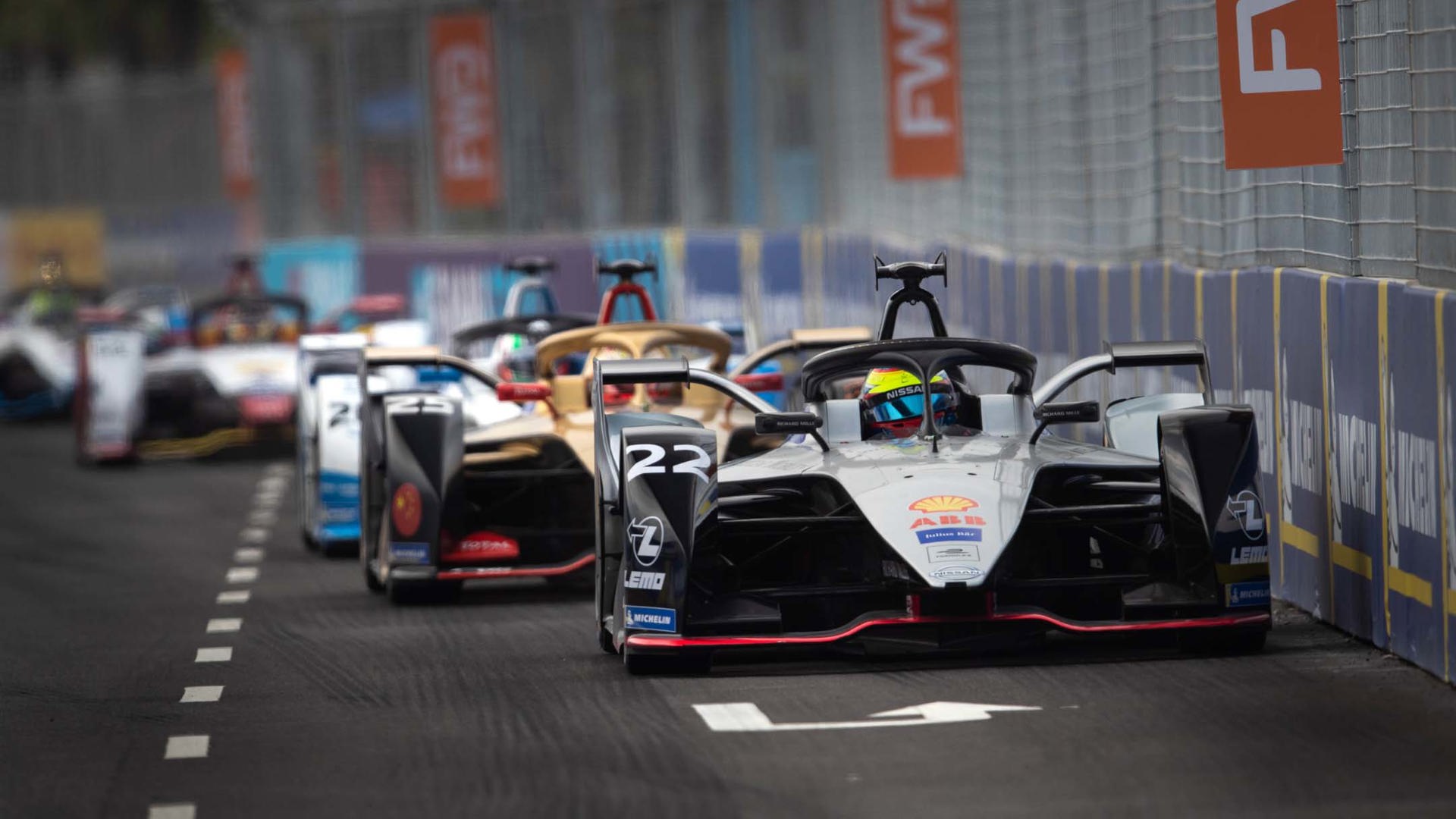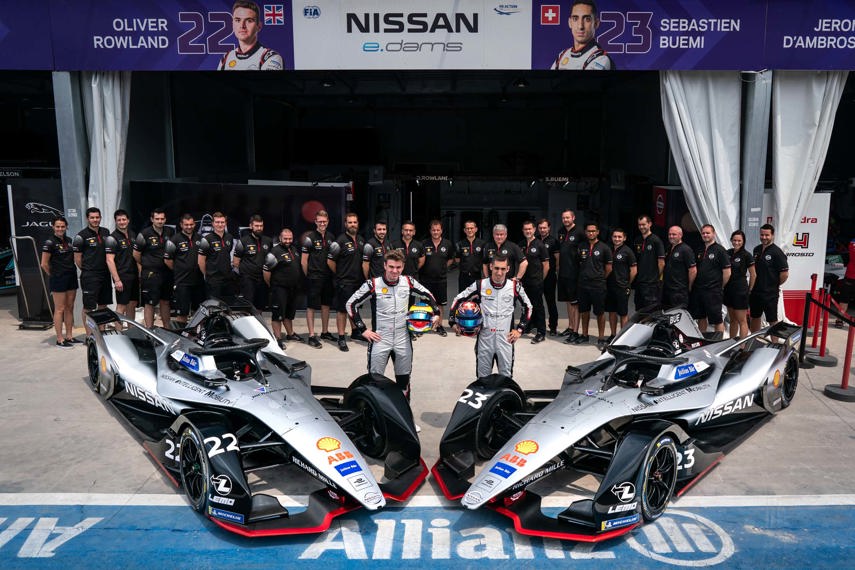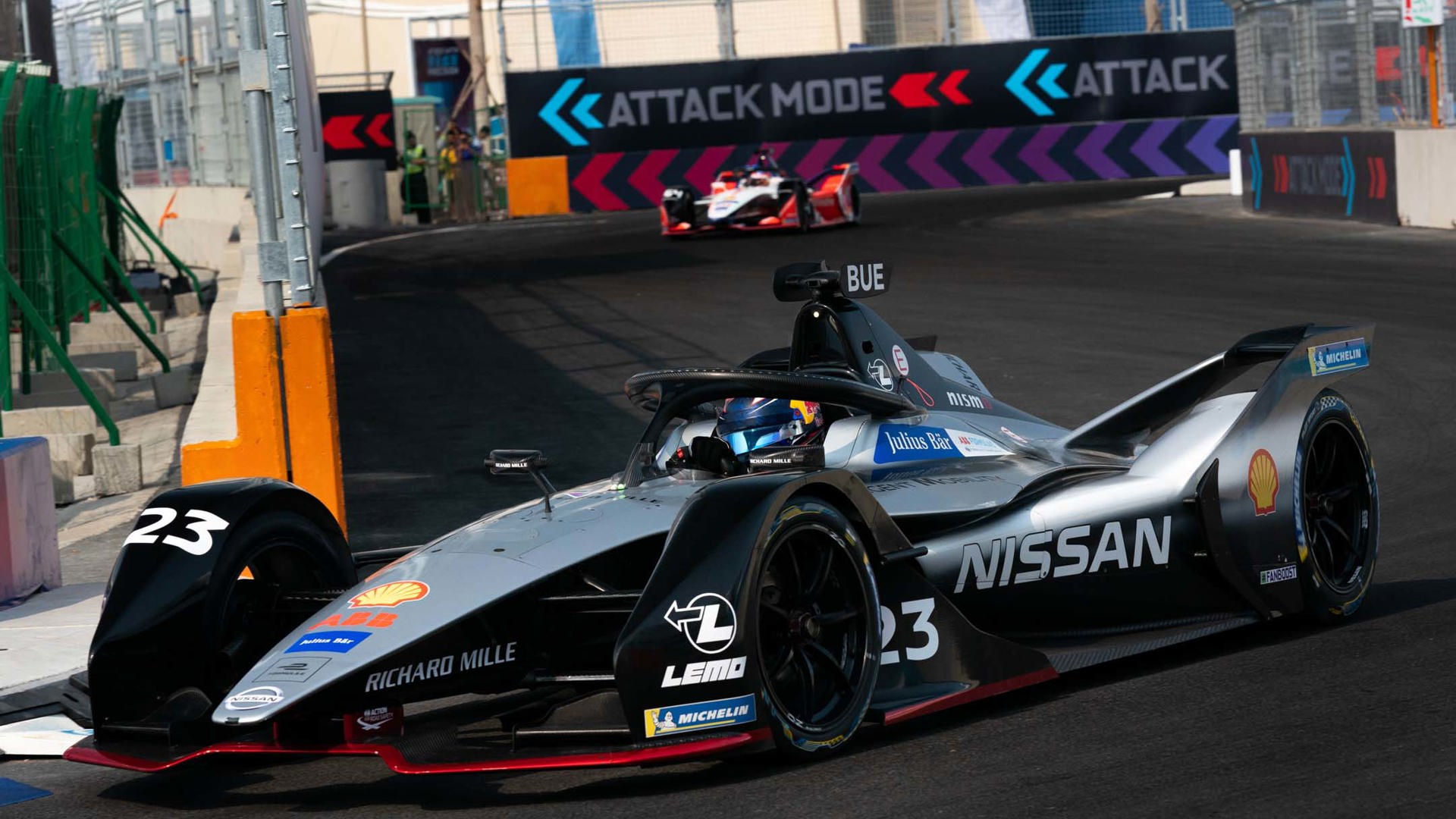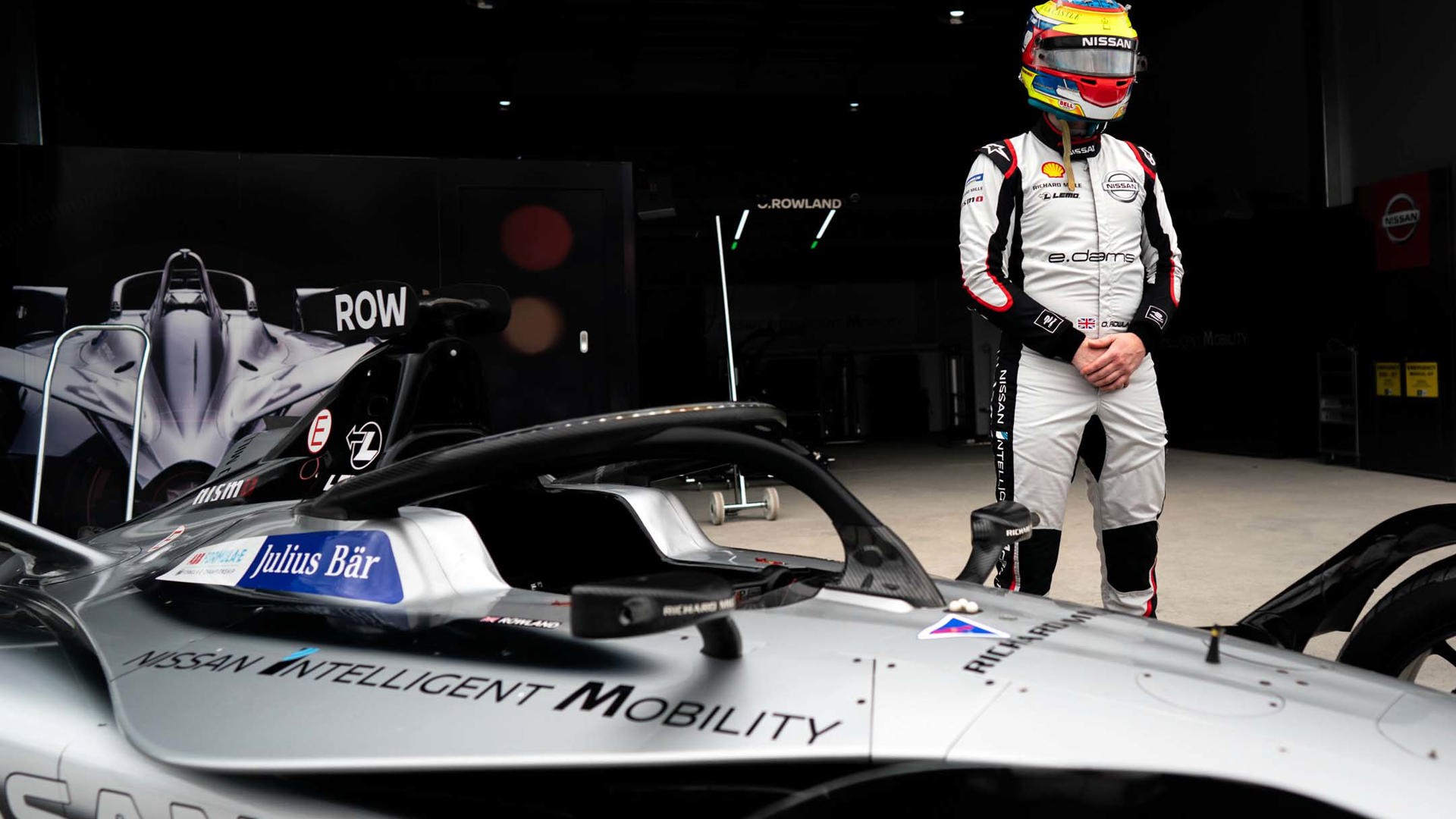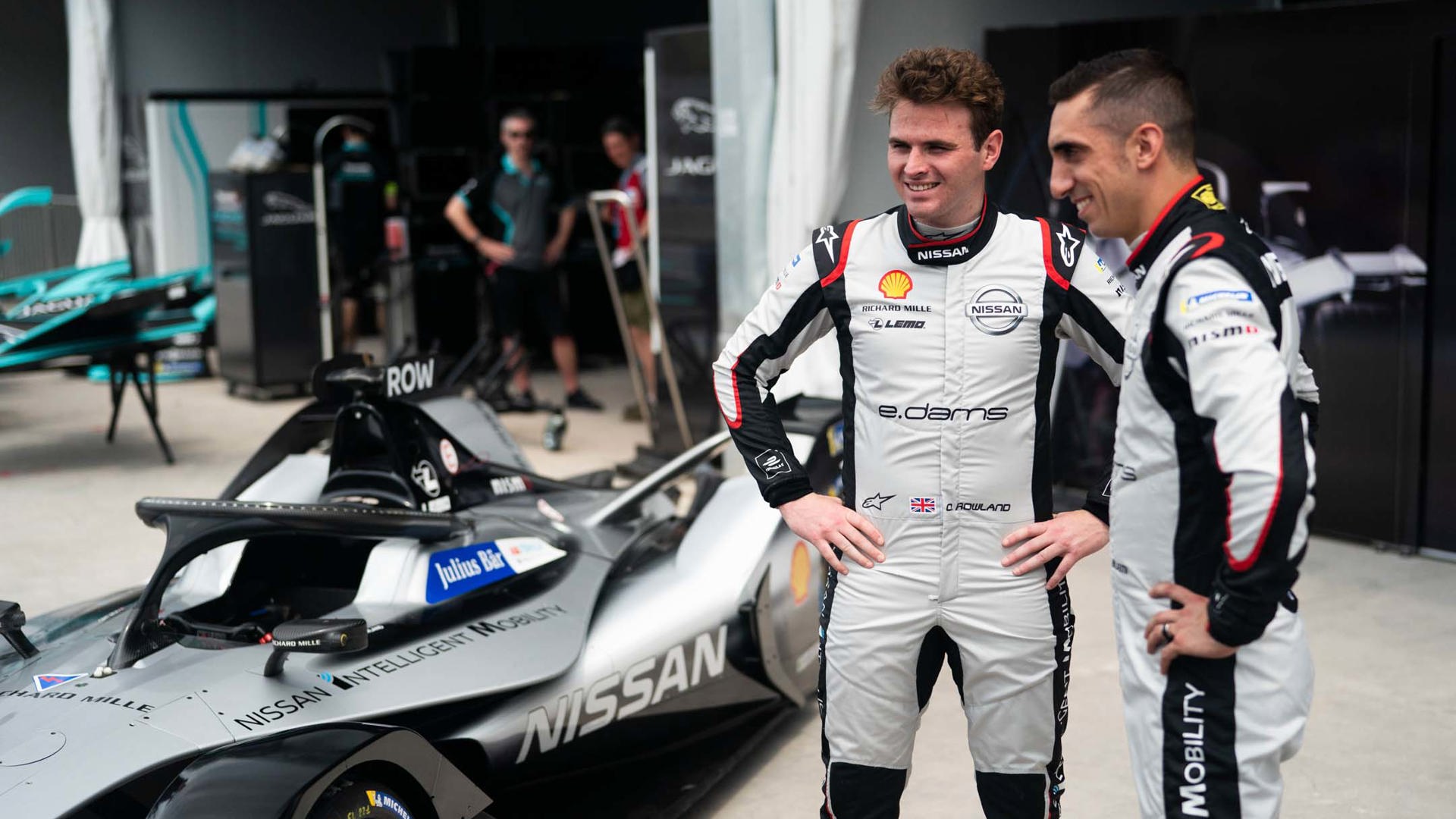If you care at all about car racing, or about electric cars, then you’ve probably pondered this question: can efficiency ever really have a place in motorsport?
This debate has been raging around Formula E since its first race was held five years ago. The purists say that anything that isn’t deafening, emissions-spewing, throttle-mashing mayhem isn’t racing. Motorsports are raw and visceral by nature, and anything less is not worthy of attention.
Everyone is entitled to an opinion. But under the lens of Earth Month, it’s becoming increasingly evident that this stance can’t hold water for much longer.
For one thing, any form of racing that allows refueling at pit stops already has an efficiency component built into it, and those who believe otherwise are kidding themselves. Driving gonads-to-the-wall wins races often enough, but it can lose just as many.
Scott Dixon is the winningest active driver in IndyCar and sits third on the all-time victory list, but those who follow the series know full well that his success hasn’t been built on full-throttle moments. What sets him apart is his uncanny ability to save so much fuel through the course of a stint that he’s got more to play with at the end of many races than his competition – and occasionally, conditions align just so such that he can skip a pit stop entirely while other drivers can’t.
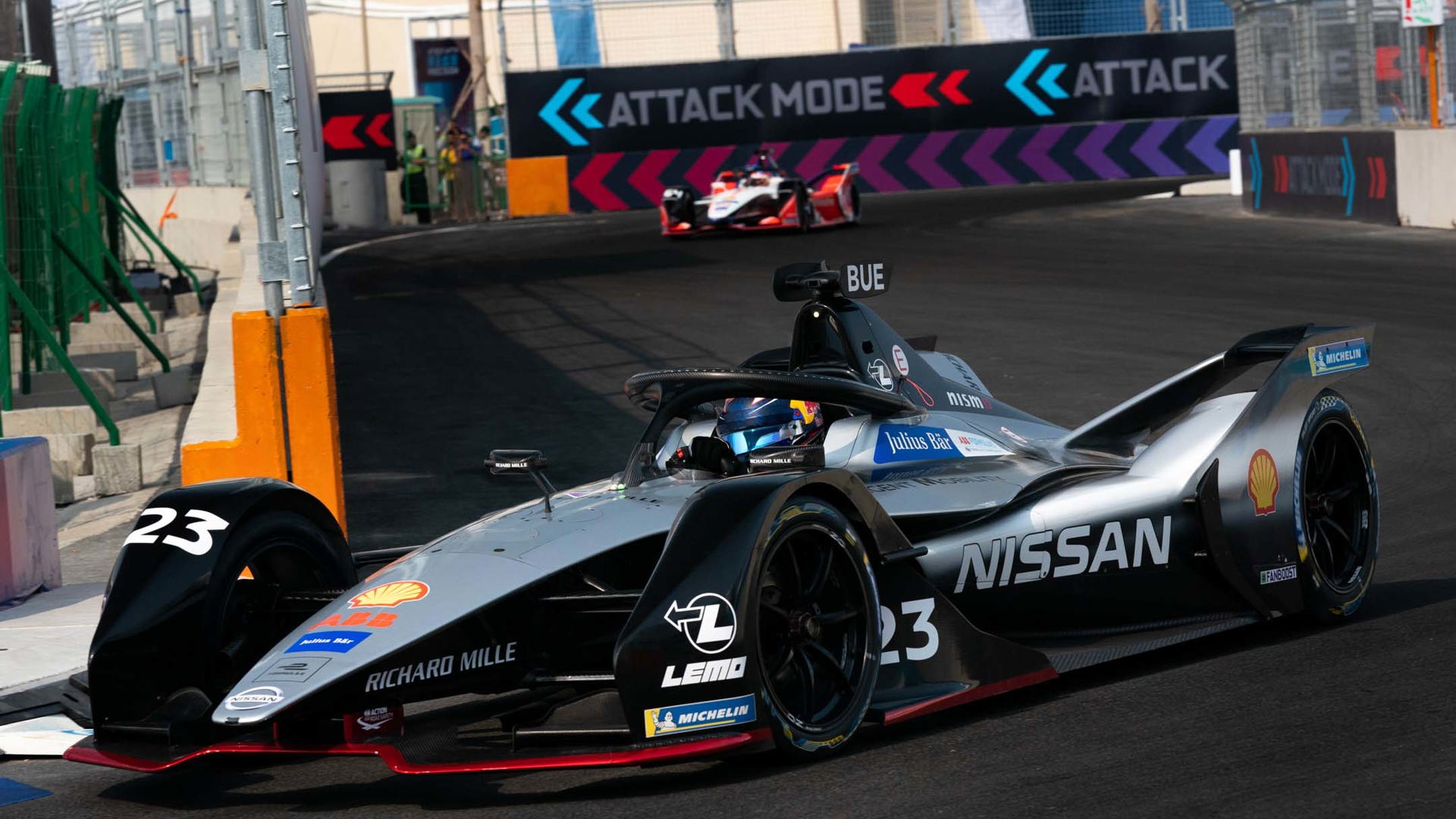
People say Dixon is boring to watch because he nearly always brings the car back in one piece and makes it all look so easy. But that’s the mark of one of the most skilled drivers of our time using his available resources to their fullest.
The principle behind electric racing is exactly the same. A driver starts a race with a certain amount of energy; the job is to combine technology and skill to get as close to the front as possible without running out before the checkered flag flies. Apart from the fact that there are a lot more buttons and paddles involved in Formula E, the only thing that’s different about it is that the term “range anxiety” gives the haters something tangible to crow about.
And what about the assault-on-the-senses argument? There will always be people who will think motorsport is lost without it, but let’s stop and consider for a moment that younger people are, frankly, being trained to have a lower tolerance for flagrant displays of motoring excess.
Now, it’s not fair to throw a blanket over all of big-money, big-engine motorsport and suggest that viewership is going down because of climate-change guilt. There’s far more to it than that: the cost of gas and food and hotels to get to most races is much higher than it used to be; and more sophisticated professional sports broadcasting and marketing, the proliferation of smartphones and social media, and streaming services such as Netflix are forcing niche sports to compete for the limited attention span of their fans now more than ever.
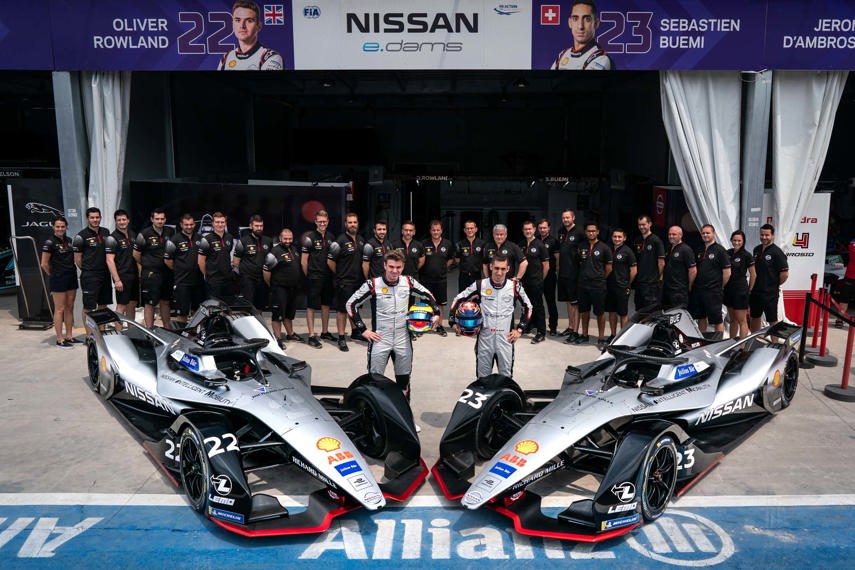
On top of that, we’re raising younger generations who are being bombarded with messages around environmental conservation: greenhouse gases, rising oceans, carbon tax, and EV purchase incentives are among the many terms that have become common parlance in recent years. It shouldn’t come as a surprise that the same group of people being inundated with this information might turn around and see enjoying exhaust-spewing displays of automotive grandeur as being more than a tad hypocritical.
As long as climate change is a clear and present issue, this type of thinking isn’t going away. Formula E rises above it in two ways. One is that it gives the sport of motor racing a fighting chance of surviving as – rightfully or not – internal combustion engines are increasingly vilified.
“I think it’s exactly what motorsport needs,” said Oliver Rowland, driver for Nissan e.Dams. “Over time, the cars are going to be faster, more efficient, and they’re going to last longer. It’s just going to become better and better.”
The other is that Formula E provides a unique proving ground for making road-going EVs better. It’s likely not fair to say that electrified racing had a direct effect on the improvements made to battery capacity and range in recent years – the sport is more beneficiary than catalyst in that regard – and many of the physical parts on Formula E cars are homologated, meaning they can’t be altered mid-season and are therefore closed off to improvement in an ongoing sense.
But one of the most important aspects of improving electric car performance and efficiency is in software development, and Formula E provides that in spades. Manufacturers adjust their proprietary software between every race round, which equates to accelerated real-world progress.
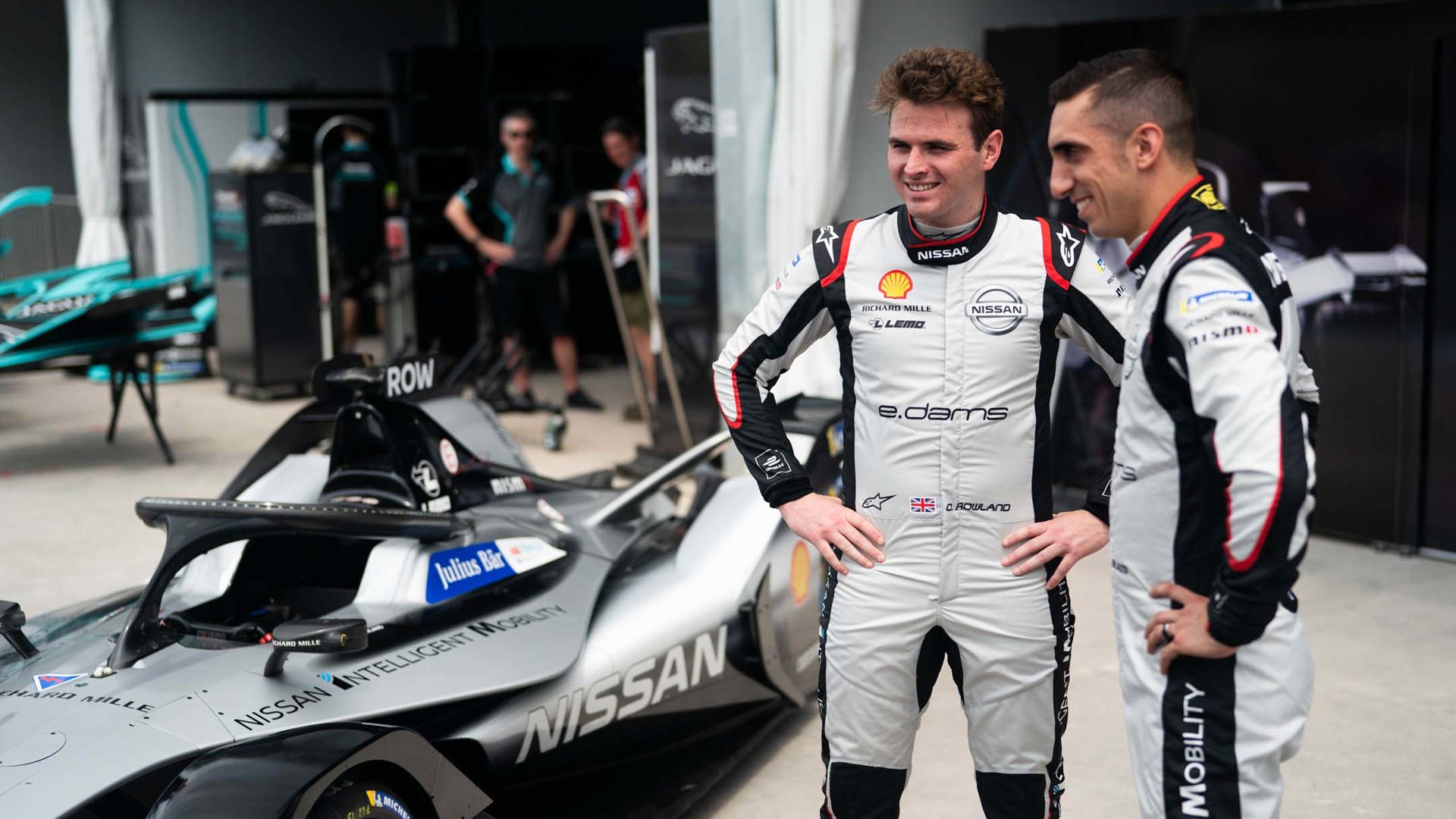
“The software is huge now,” Rowland said. “Each race, we have updates. It brings efficiency (and) performance (in) the way we manage the power, the way we regenerate it.
“I had no idea before I came in how much it can actually affect your performance.”
“Formula E is an energy management race,” added Michael Carcamo, Nissan’s Global Motorsport Director. “We have to design strategies around how to get the maximum potential of the car with the least amount of energy usage per lap.
“That strategy is important for software development because if we want to then take that information to develop future road cars, we can understand the extreme conditions that a racing driver has and we can translate that to potentially help the length and battery usage on the production side. That’s a very worthwhile task which cannot be accomplished through our road car development.”
Can a form of racing that’s built on these principles be successful in the long term? That picture has changed in the five years that Formula E has been around. Motorsport has forever been ruled by the old adage “Win on Sunday, sell on Monday” – and sales of EVs are starting to be dictated by government mandates as much as consumer preferences. The entire point of Formula E is to get more everyday people to take an interest in, and ultimately buy, electric cars, and since the series currently plays several tangible roles in accomplishing that, it’s doing what it was meant to do from the outset. More and more, it looks like this is what sustainable motorsport will look like for the foreseeable future.
Those who decide not to buy into it – because it doesn’t look like the racing they once knew – can always choose to vote with their wallets. It won’t take long for it to see how things will shake out.

